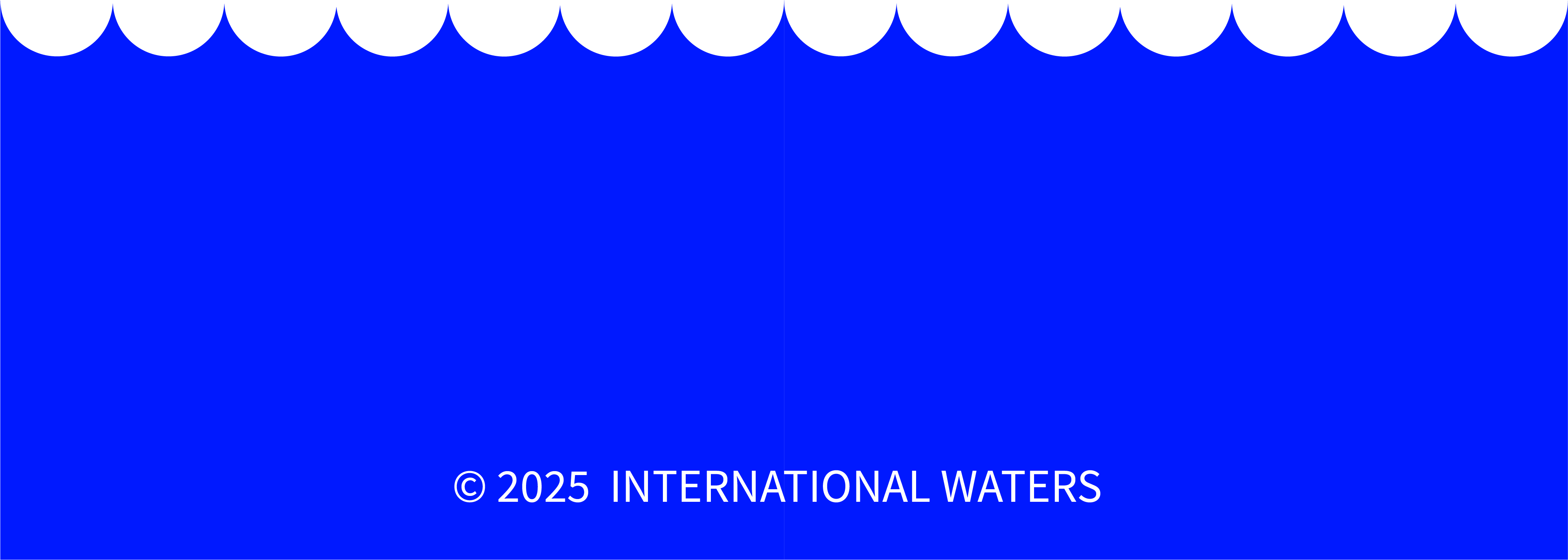Patrick Carlin Mohundro + Nathaniel de Large
Magnolium
9.27.2025 - 12.14.2025

“…where a concealed subterranean hammer is somehow translated into sensual presence by means of a surface accessible to thought or action…”1
Graham Harman, The Quadruple Object
A series of flowers made from hammers and stained glass establishes a continuity between labor and spirit. In the exhibition Magnolium at International Waters, the collaborative body of work by Patrick Carlin Mohundro and Nathaniel de Large finds synthesis between a common tool and a plane of consistency.
The moment a hammer strikes a surface is a point of fusion between two materials. With a bang or a thud, the hammer initiates a reaction in which its counter-material is transformed - either through rupture or through its incorporation into a new combination of elements. This teleological juncture, where tool meets counter-material, signals a moment of convergence: the hammer joins the reality of what it encounters.
The hammer, being an extension of the arm, connects its user to the field through machinic assemblage. Its connection to the body allows it to become a direct prolongation of human gesture, translating intention into material effect with immediacy and precision. Through this reciprocity, tool and body converge in the haptic shock of impact, reverberations traveling back across the user. An assemblage between body, hammer and counter-material is formed.
The hammer-flowers by Mohundro and de Large emphasize this relationship, crystallizing the moment of impact within a continuous material landscape. Dichroic glass, as counter-material to the common hammer, reflects its environment with a prismatic spectrum of interference color. As the glass fractures into petals, the labor of the hammer becomes the architecture of the flower. The flower emerges from the same force that splits and recomposes its matter. In this network of hammer-flowers, labor and spirit are not opposed but continuous: the glass does not transcend its materiality, nor does the hammer remain a mere tool. Both become part of an ecology where utility and beauty circulate without hierarchy.
Each point of contact between hammer and glass, frozen in solder, marks a moment where labor and material merge. Artifice and nature lose their distinction - the manufactured glass acts as living tissue; hammers extend bodily impetus into crystalline structure. Here, human, tool, and material exist as variations of the same underlying forces.

1. Harman, Graham. The Quadruple Object. Zero Books, 2011, p. 50.

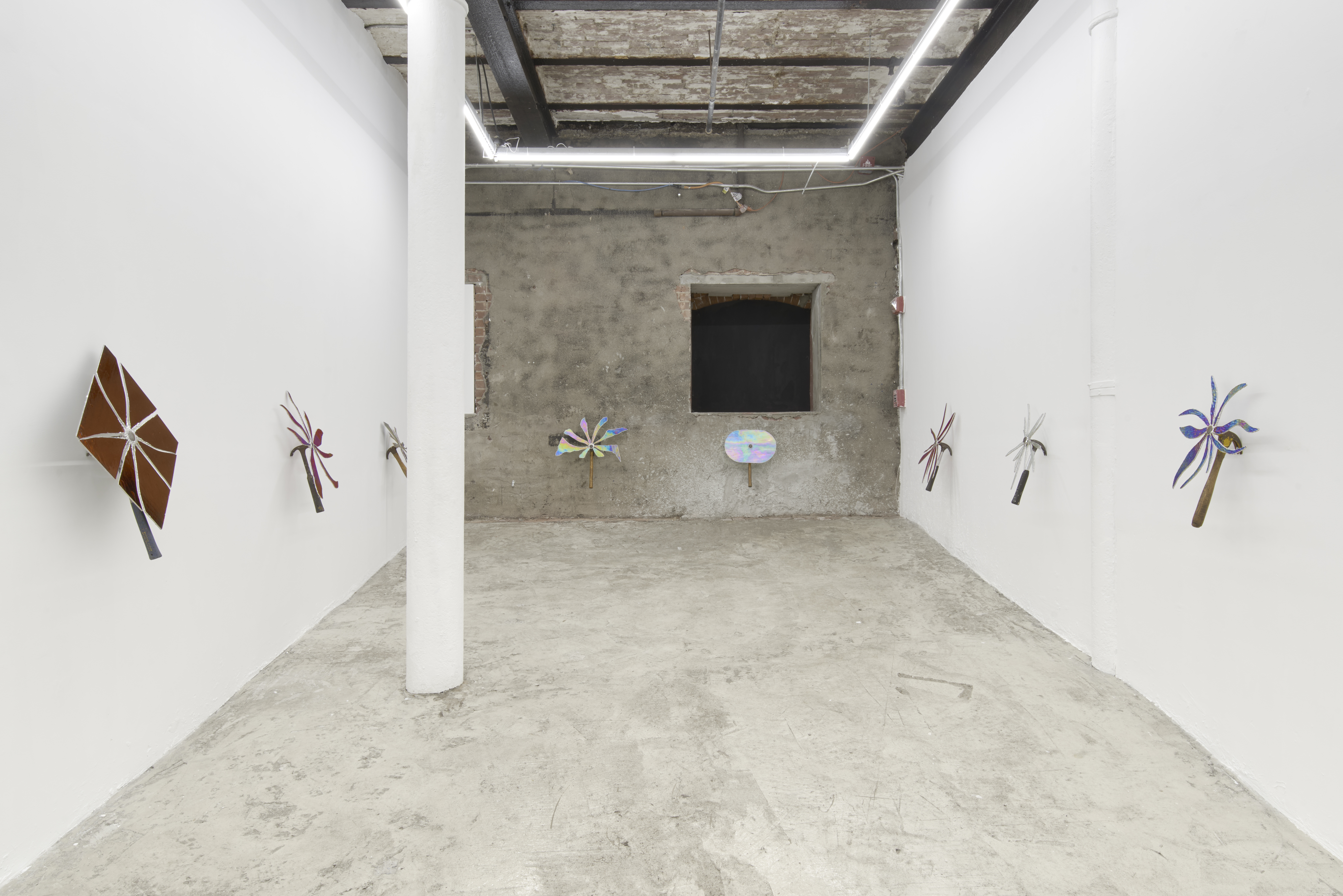
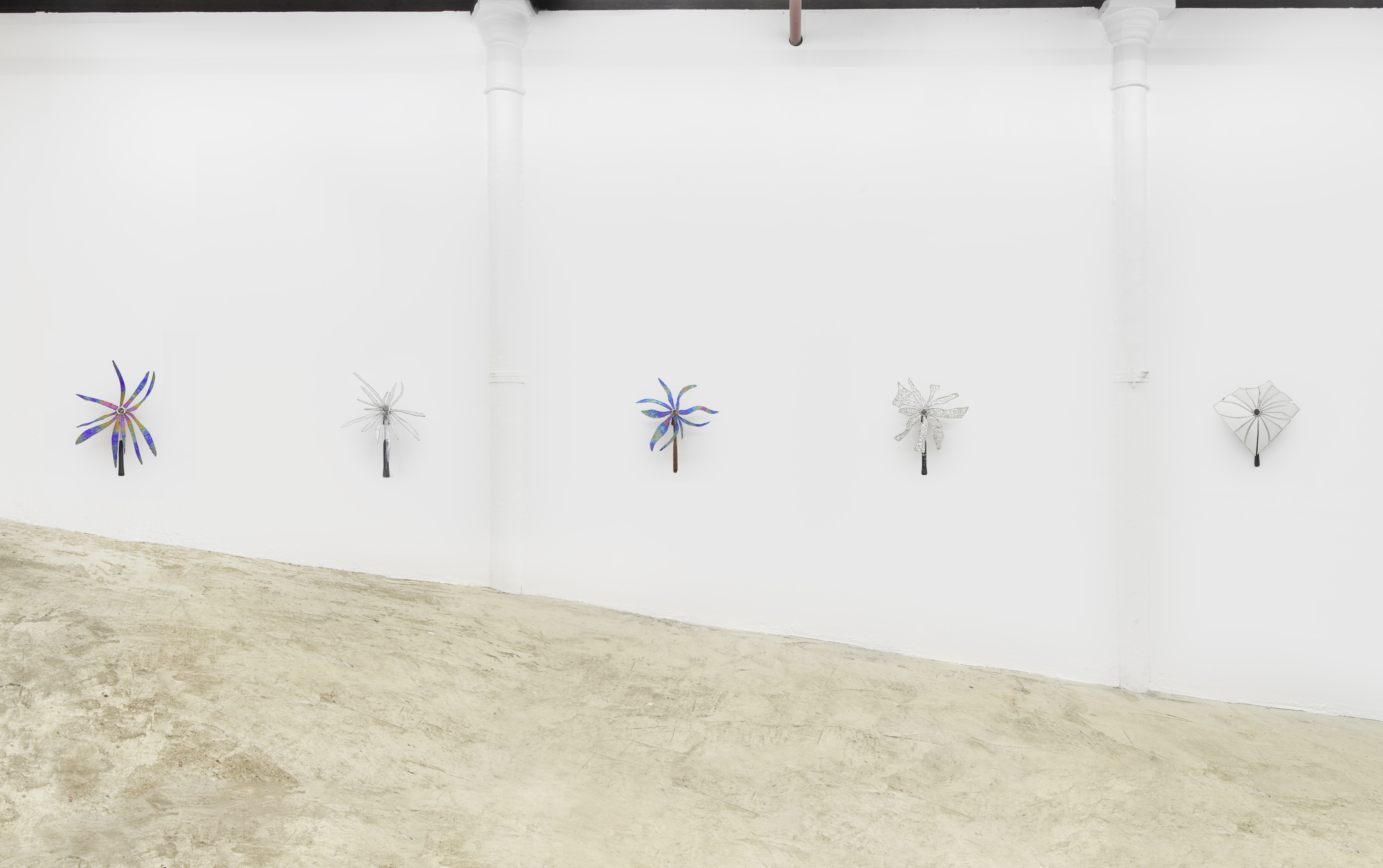
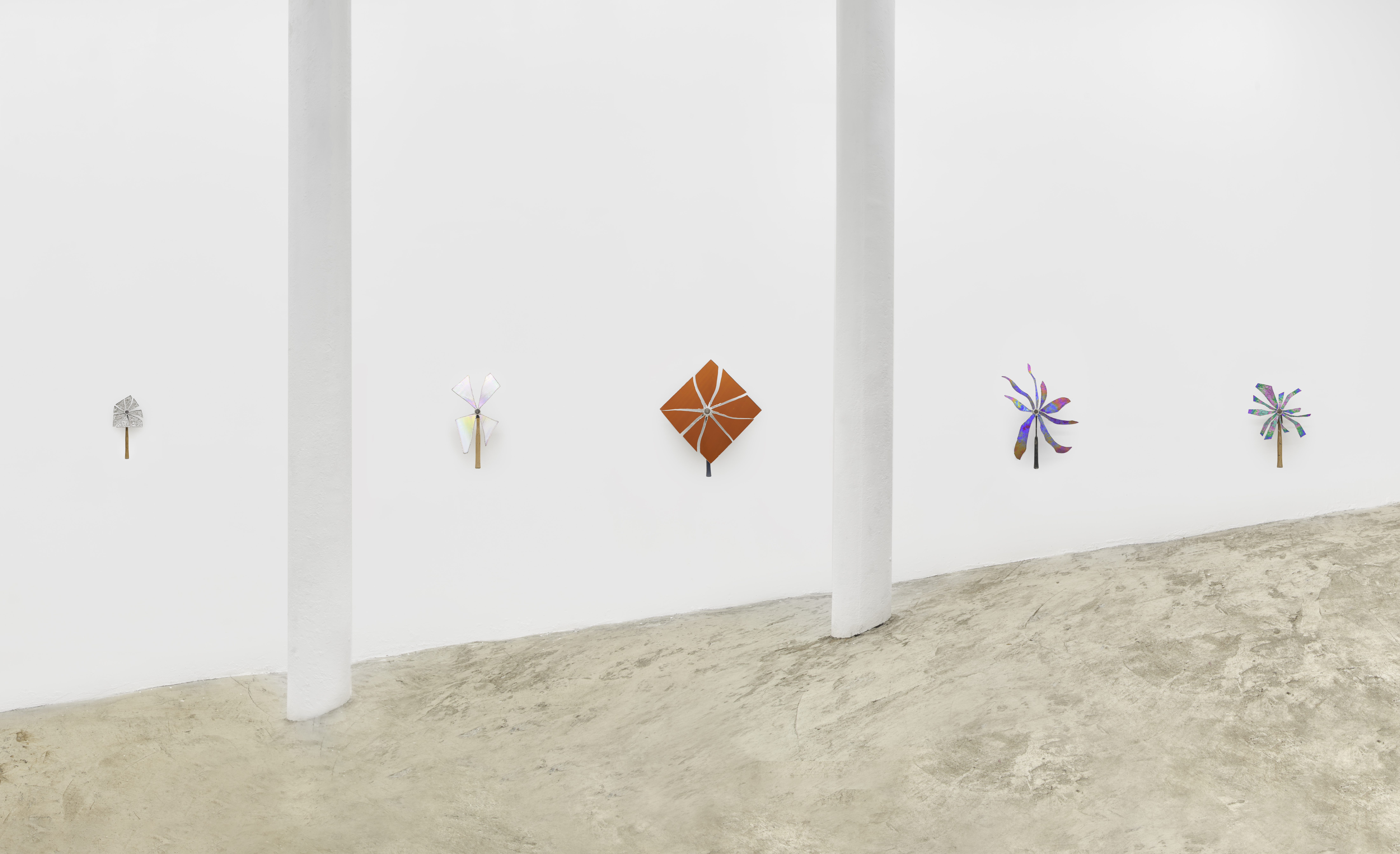



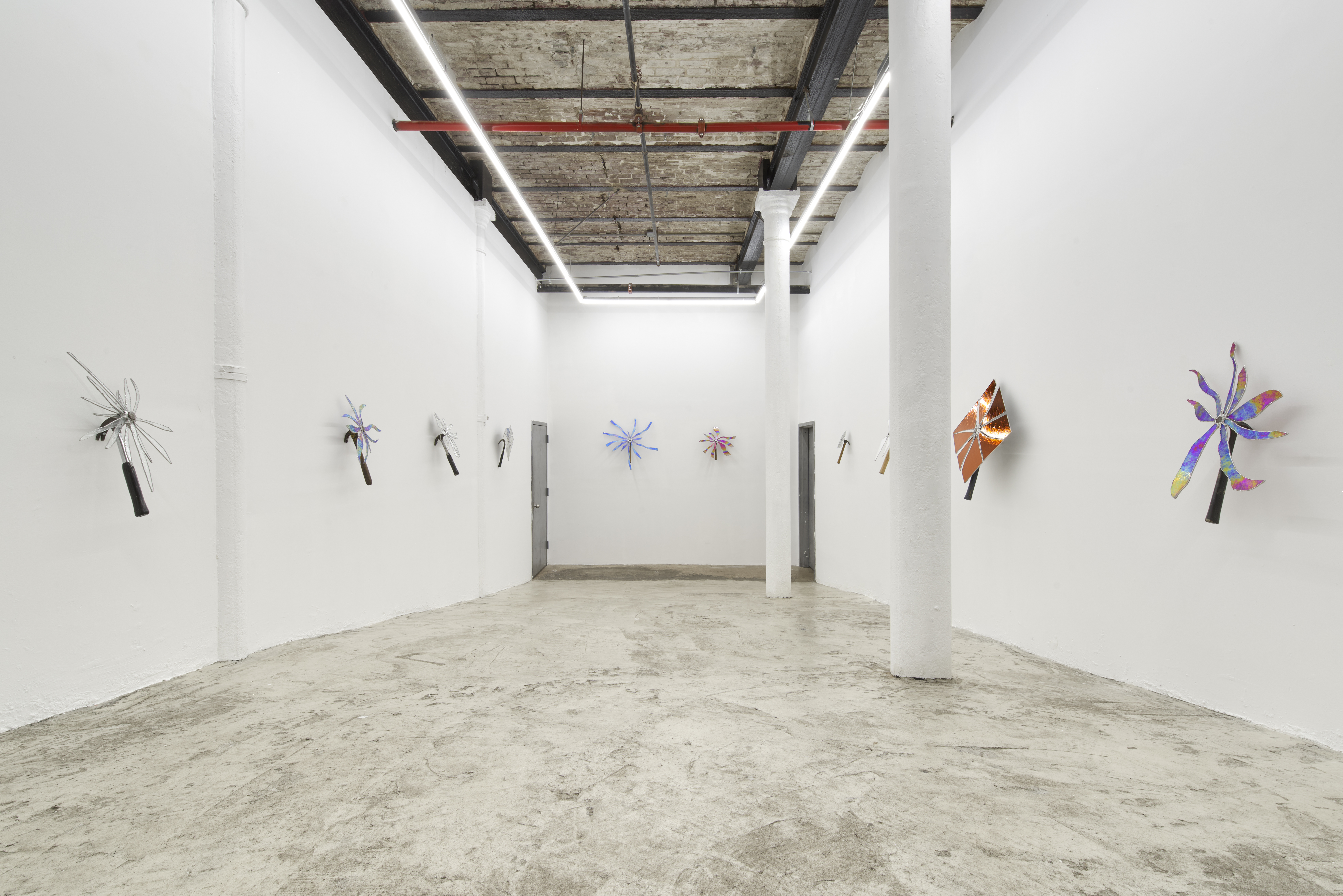
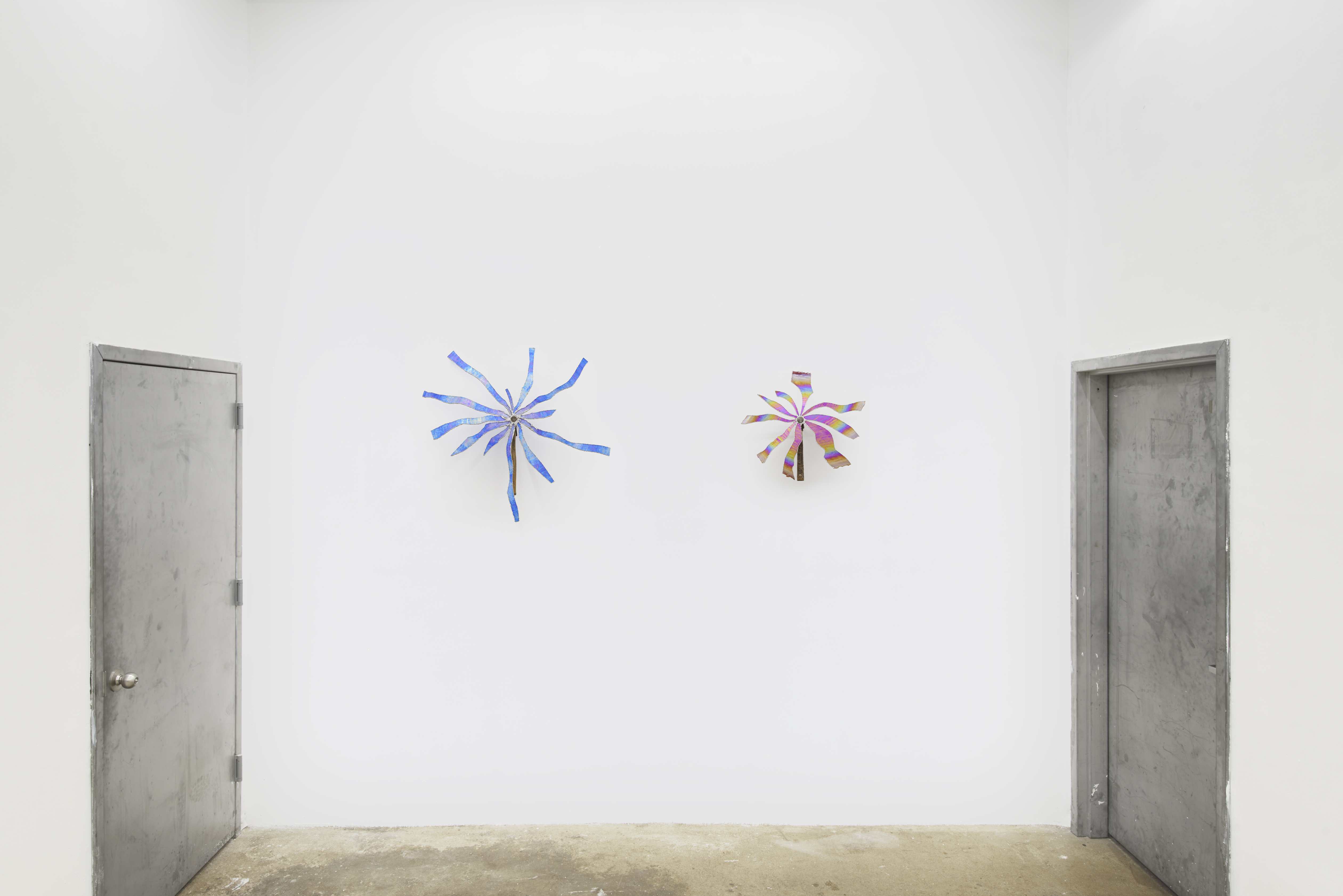
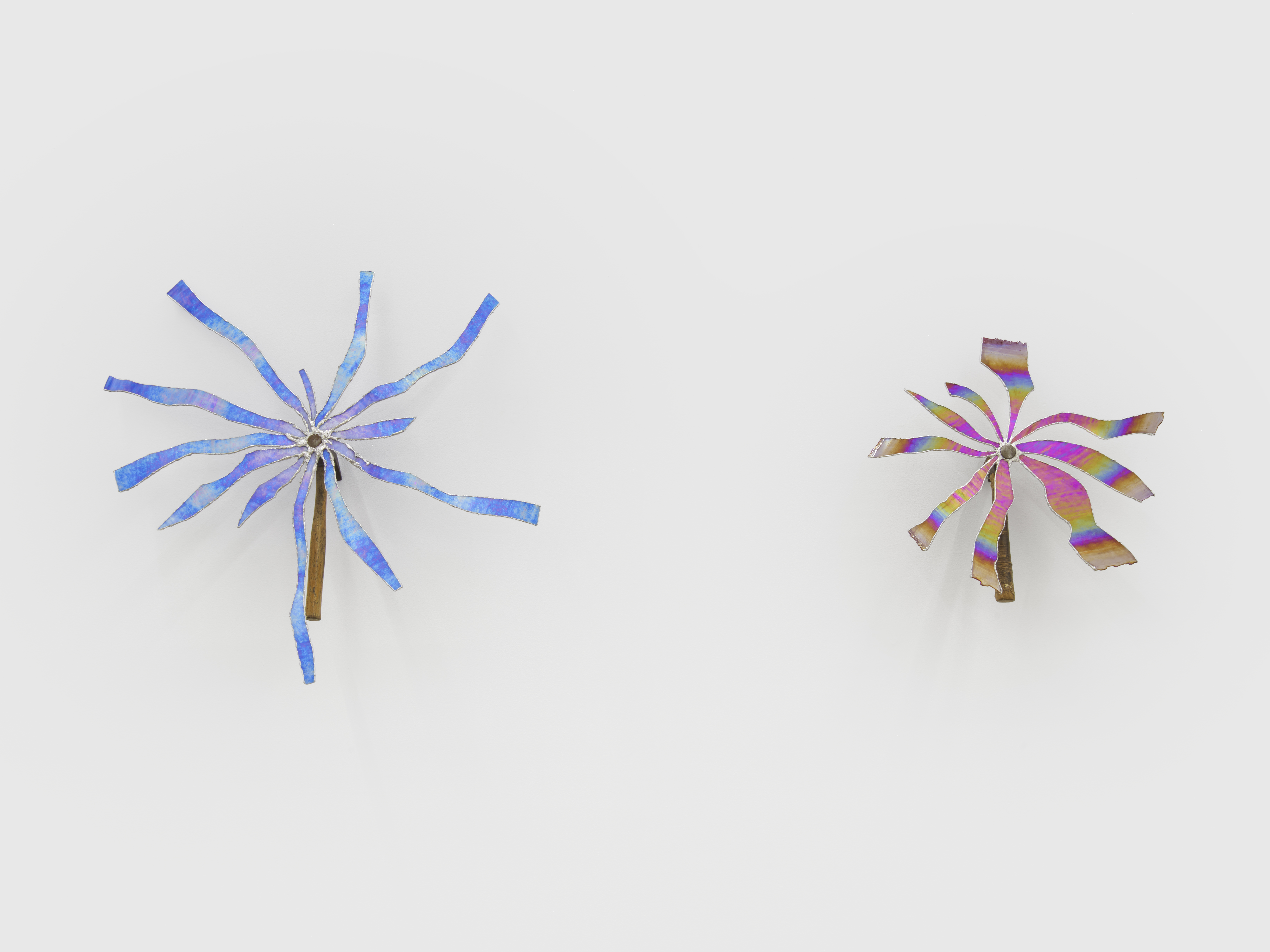
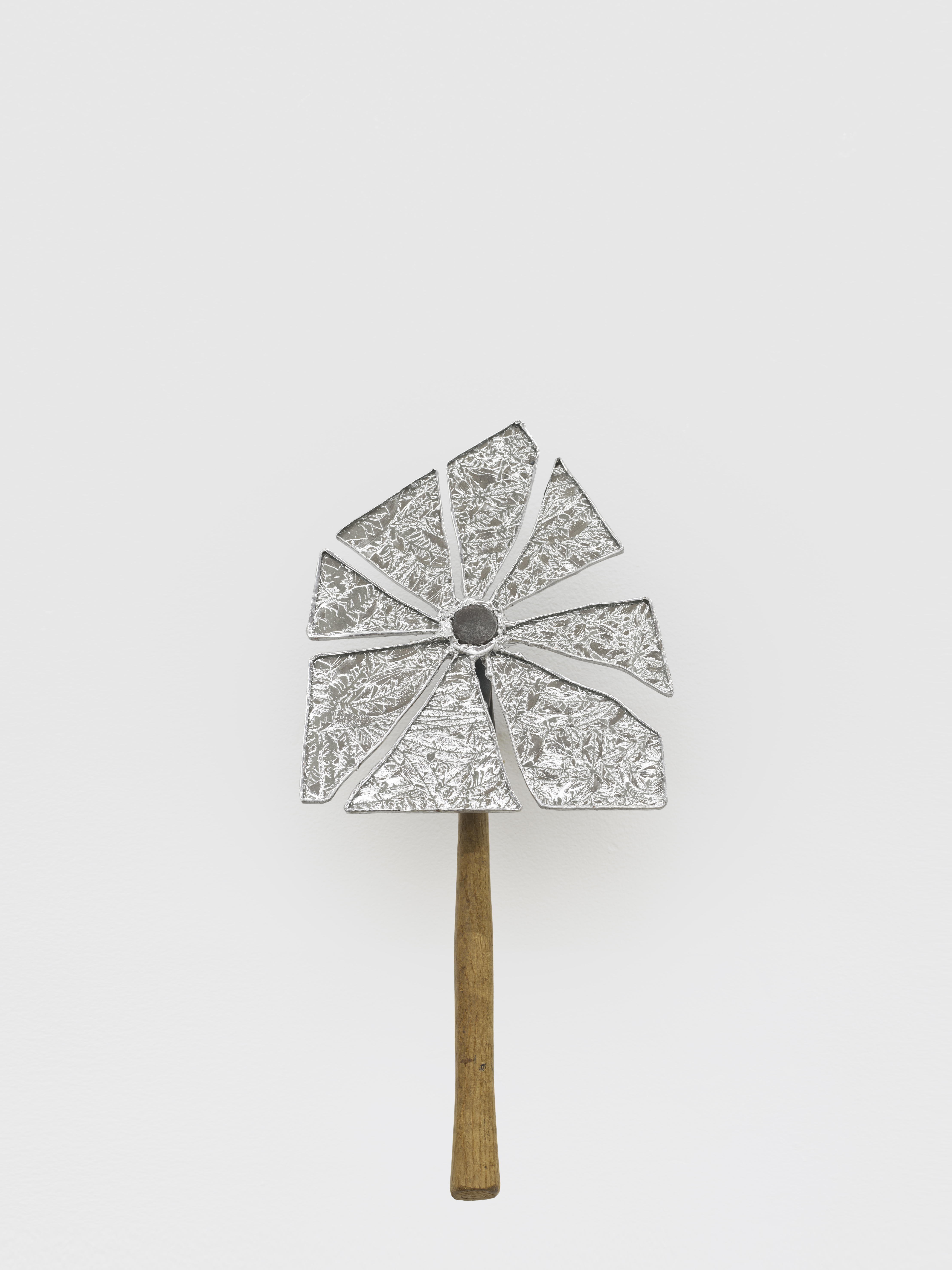
Sterling Soul Patch; stained glass and claw hammer; 14 x 7 x 4 in; 2025.
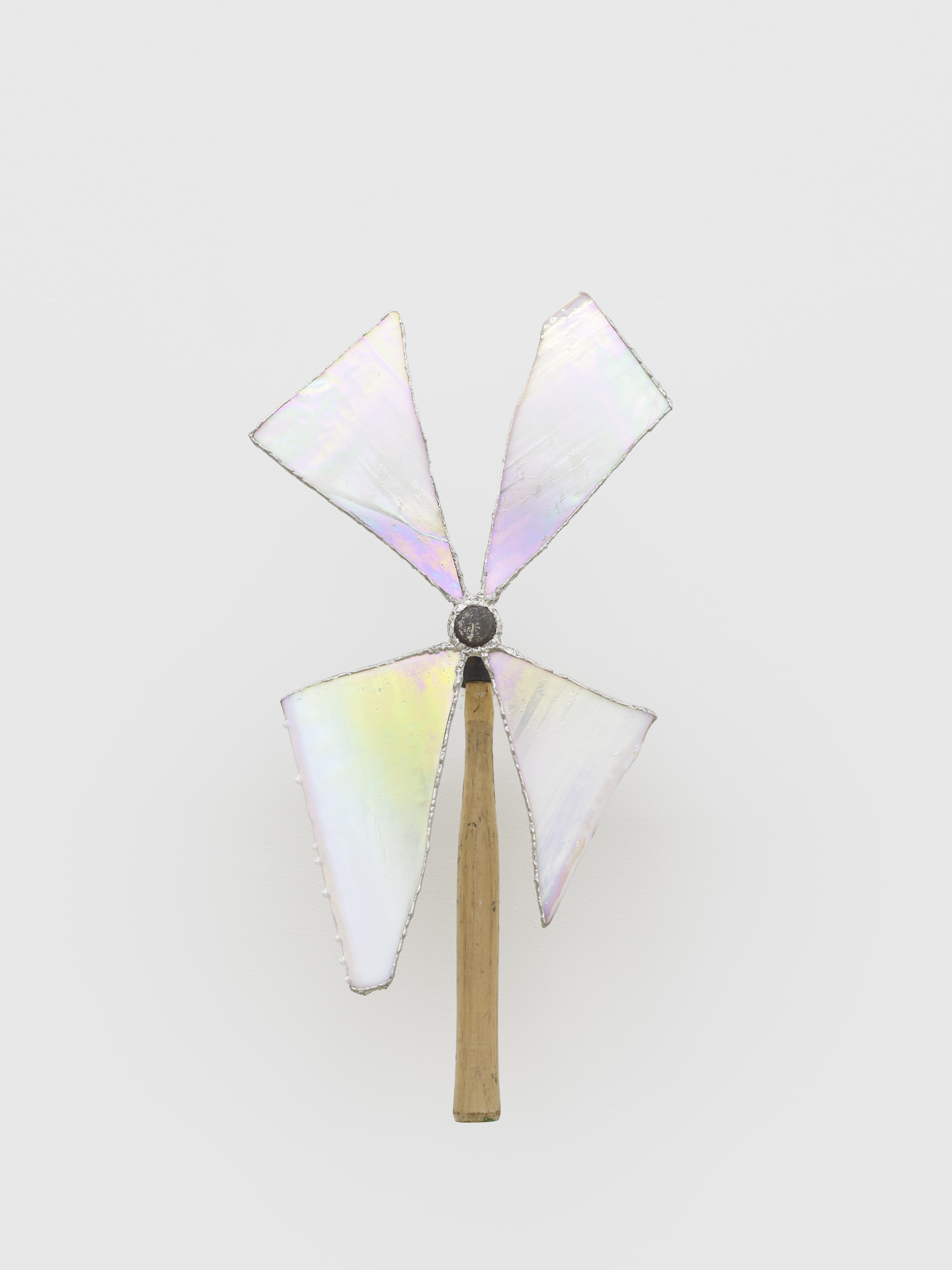
Angle Chopper; stained glass and claw hammer; 21 x 9 x 6 in; 2025.
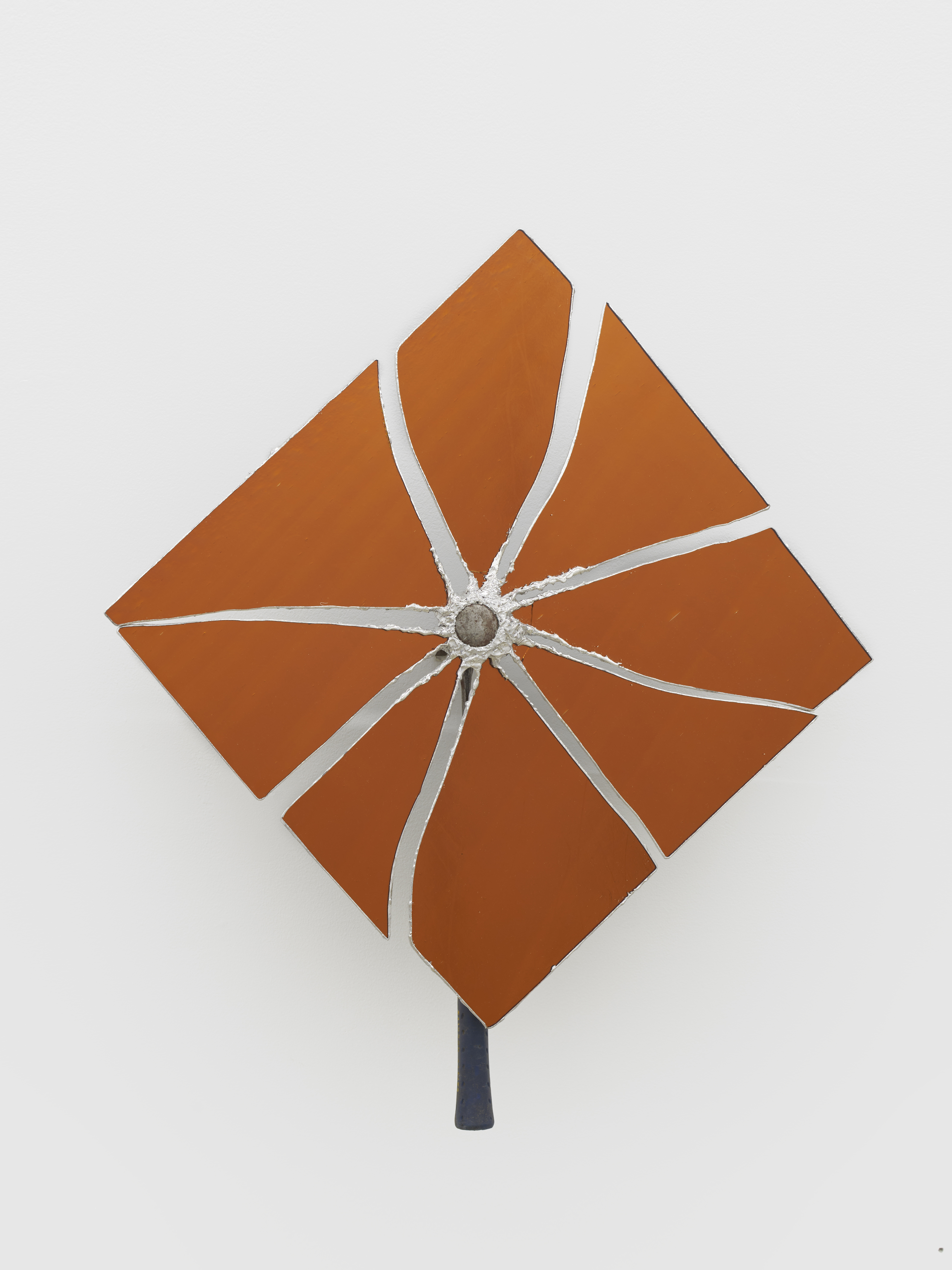
Tributary Toupee; stained glass and claw hammer; 29 x 25 x 8 in; 2025.
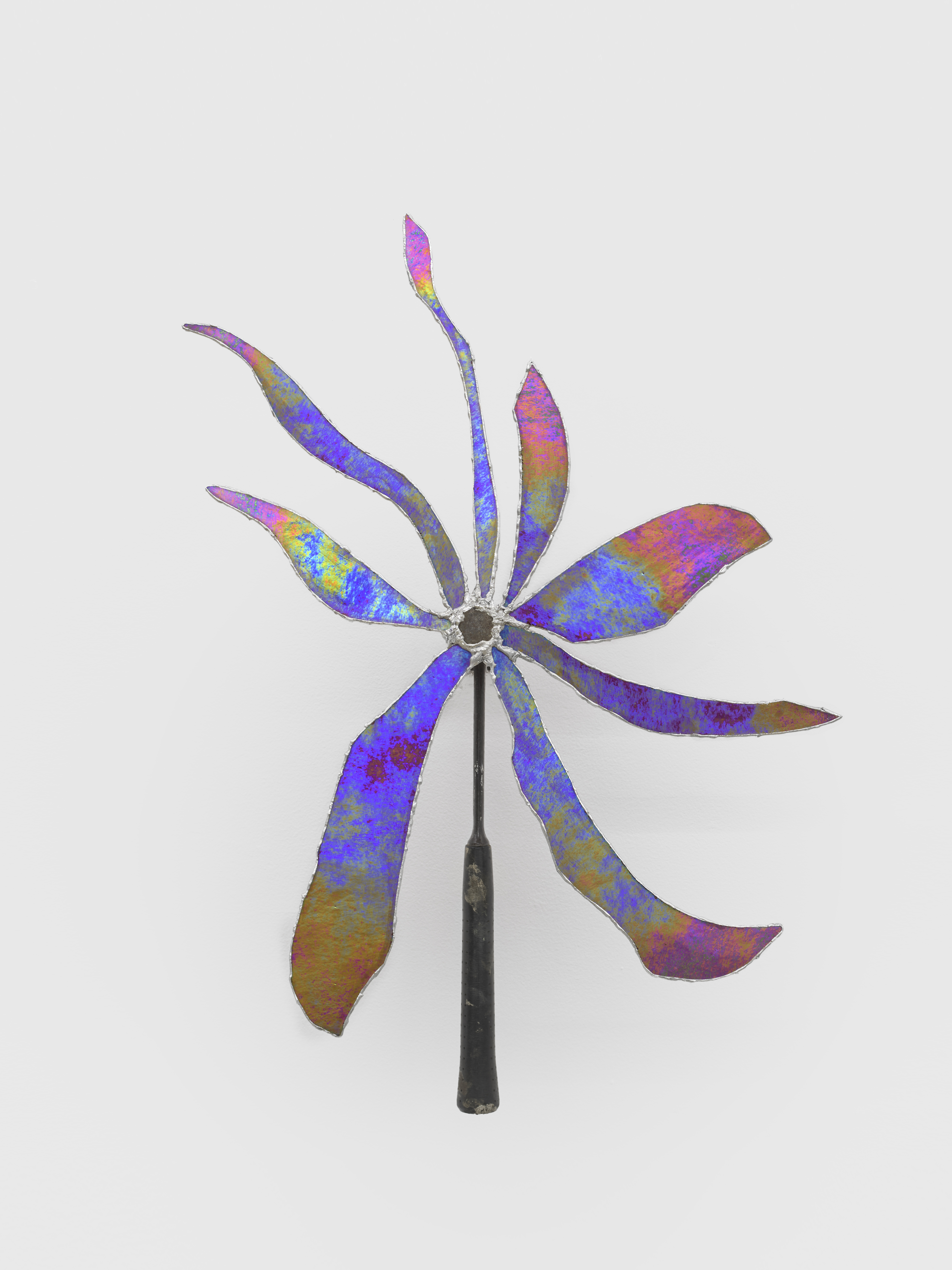
Shortly Before the Fat; stained glass and claw hammer; 24 x 18 x 6 in; 2025.
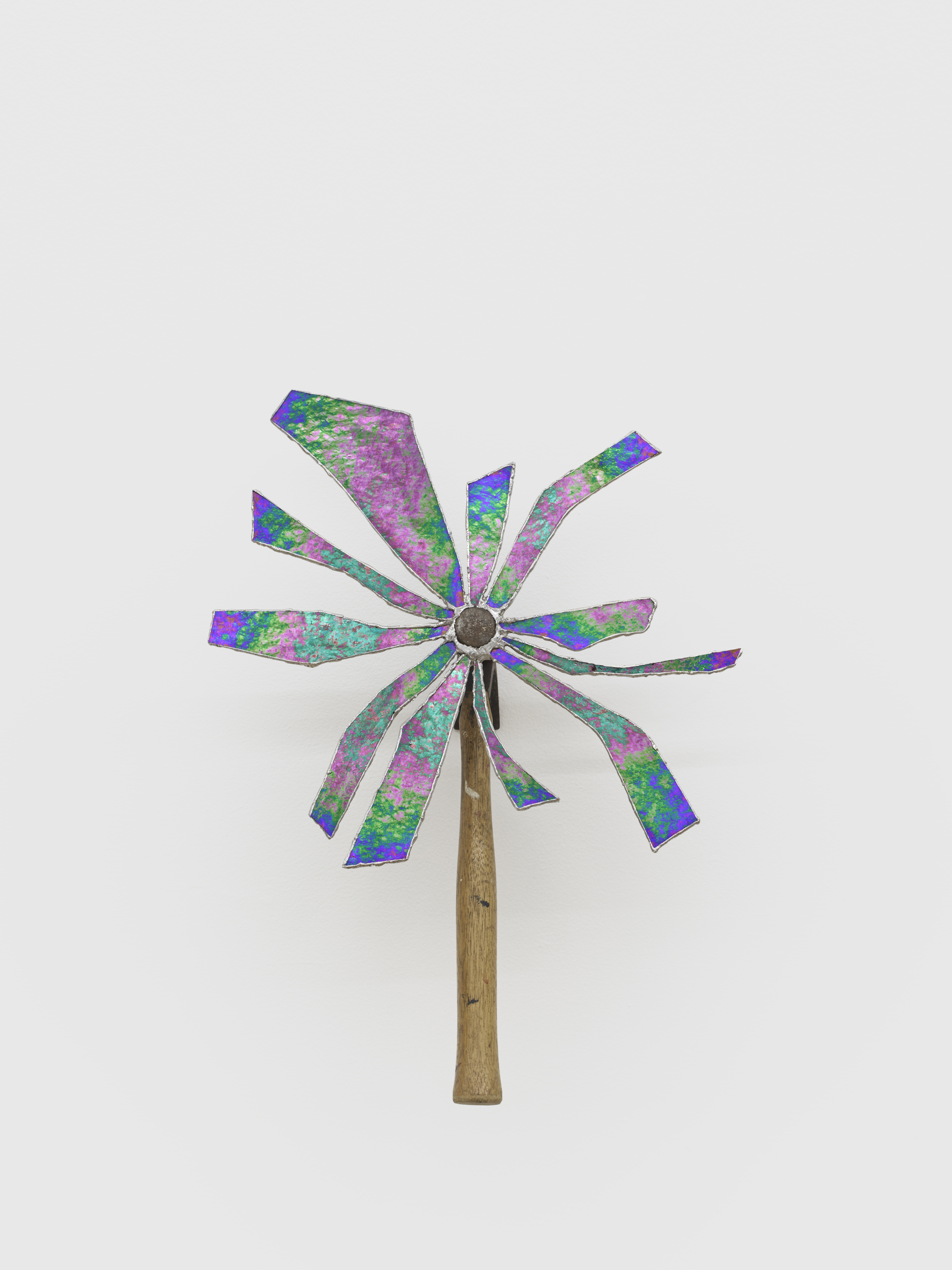
Or Stopper; stained glass and claw hammer; 20.5 x 15 x 6 in; 2025.

Airsparagus; stained glass and claw hammer; 21 x 22 x 7 in; 2025.

Circumspirit World Peace; stained glass and claw hammer; 17 x 15 x 6 in; 2025.
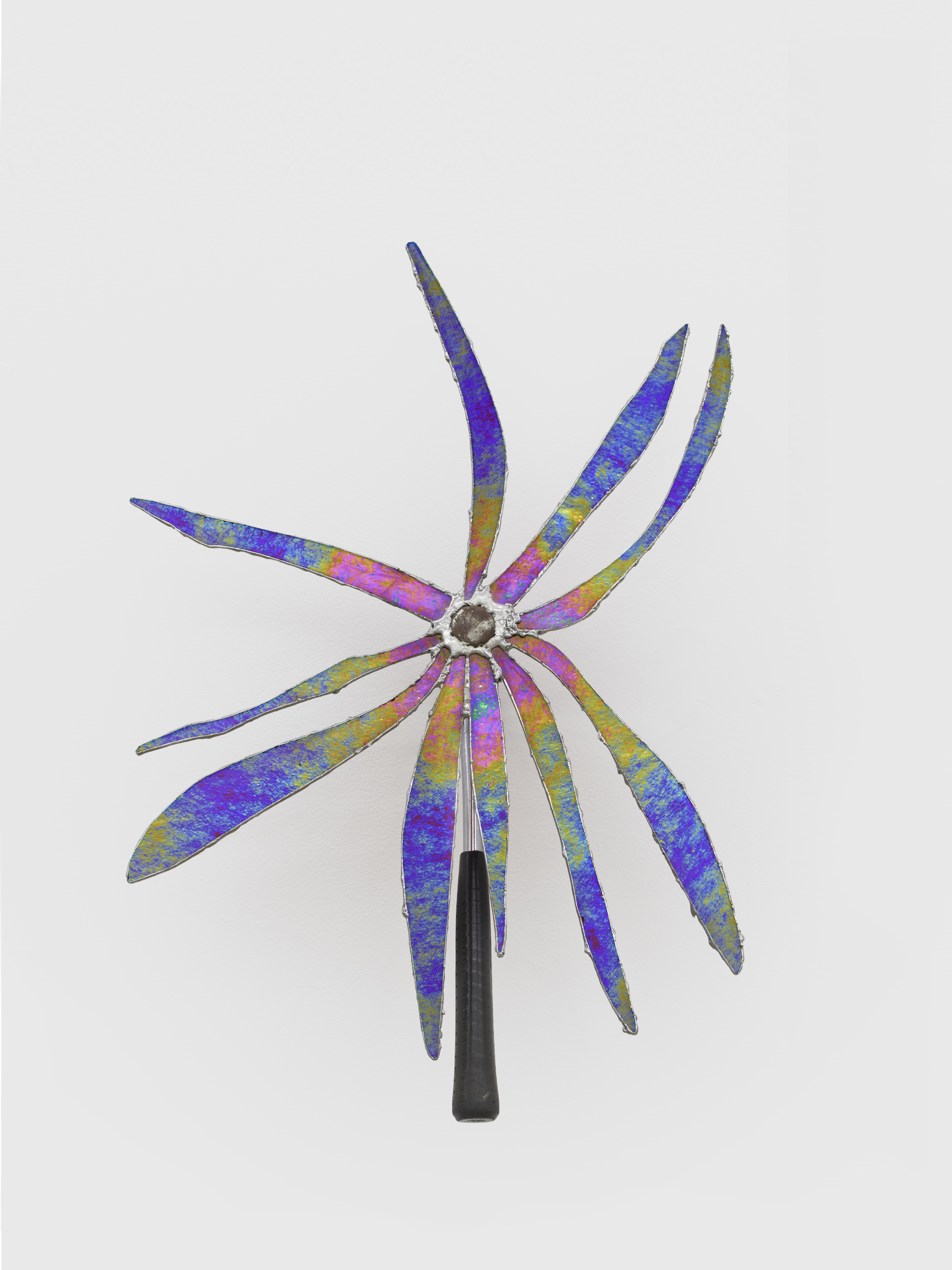 Denim Omelette; stained glass and claw hammer; 23.5 x 18 x 5 in; 2025.
Denim Omelette; stained glass and claw hammer; 23.5 x 18 x 5 in; 2025.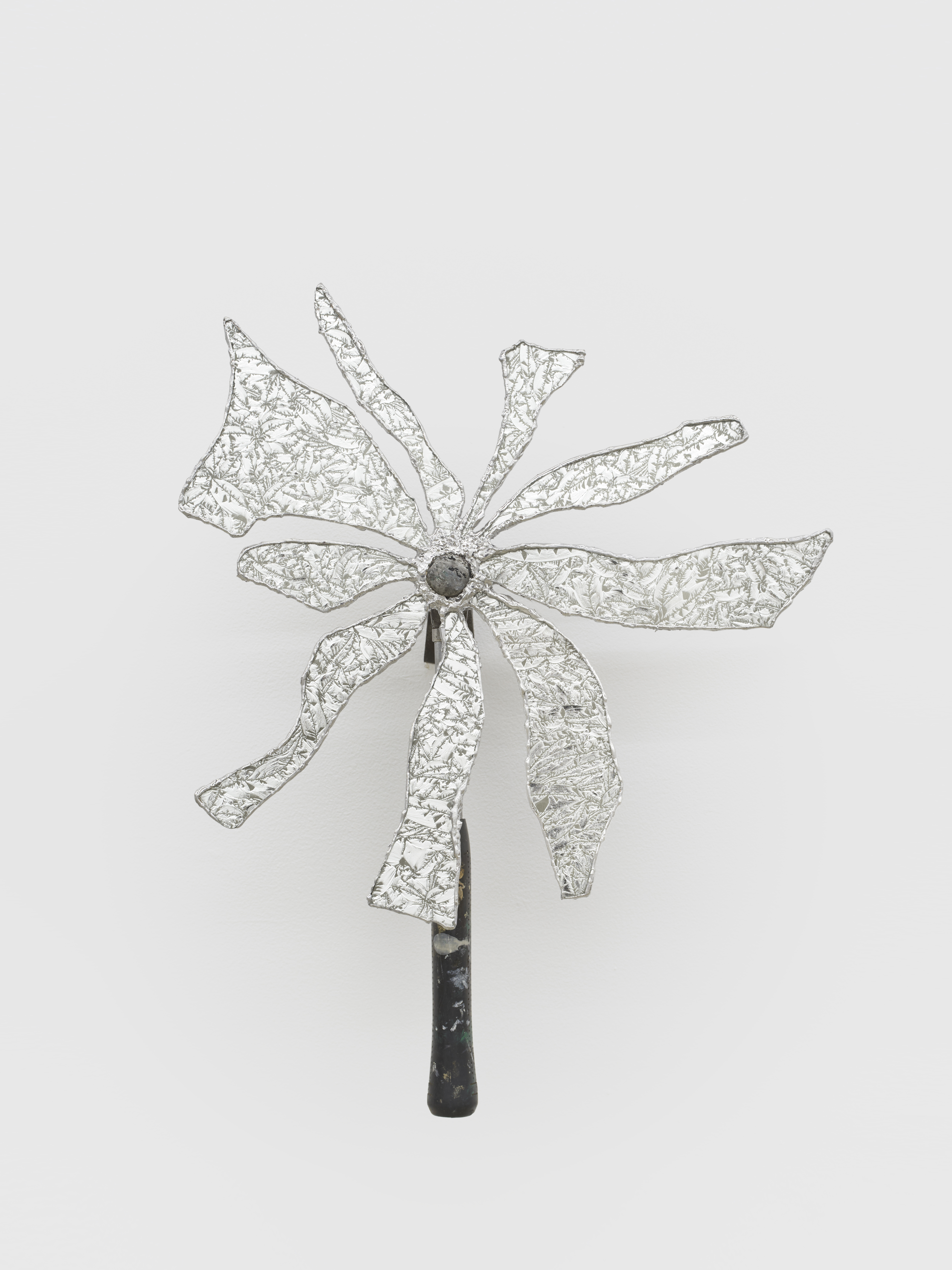
Radio Silence 4; stained glass and claw hammer; 20 x 16 x 6 in; 2025.
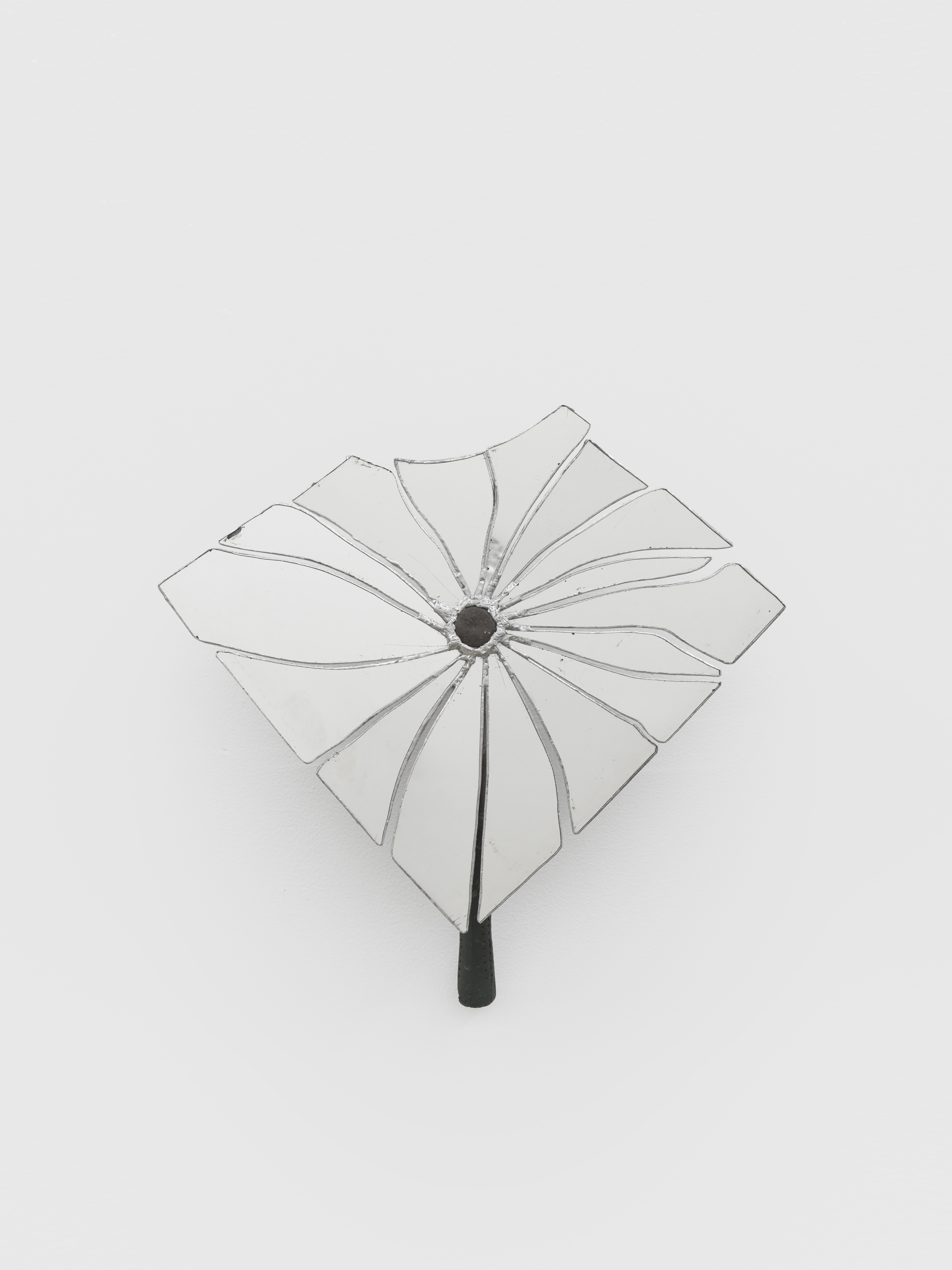
History of Nakedness; stained glass and claw hammer; 18 x 17.5 x 7.5 in; 2025.
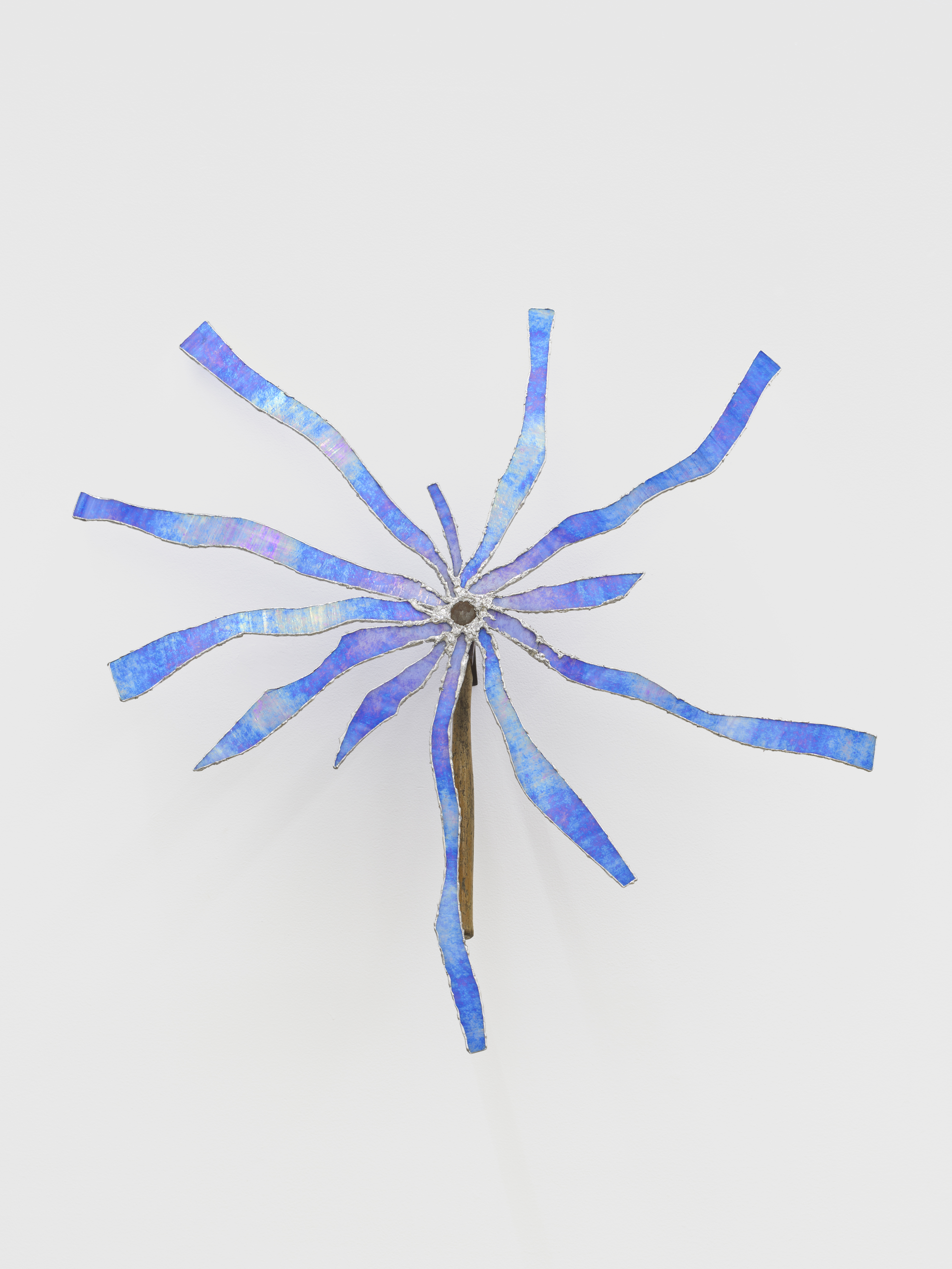
Hole in Zero; stained glass and claw hammer; 33 x 33 x 7 in; 2025.
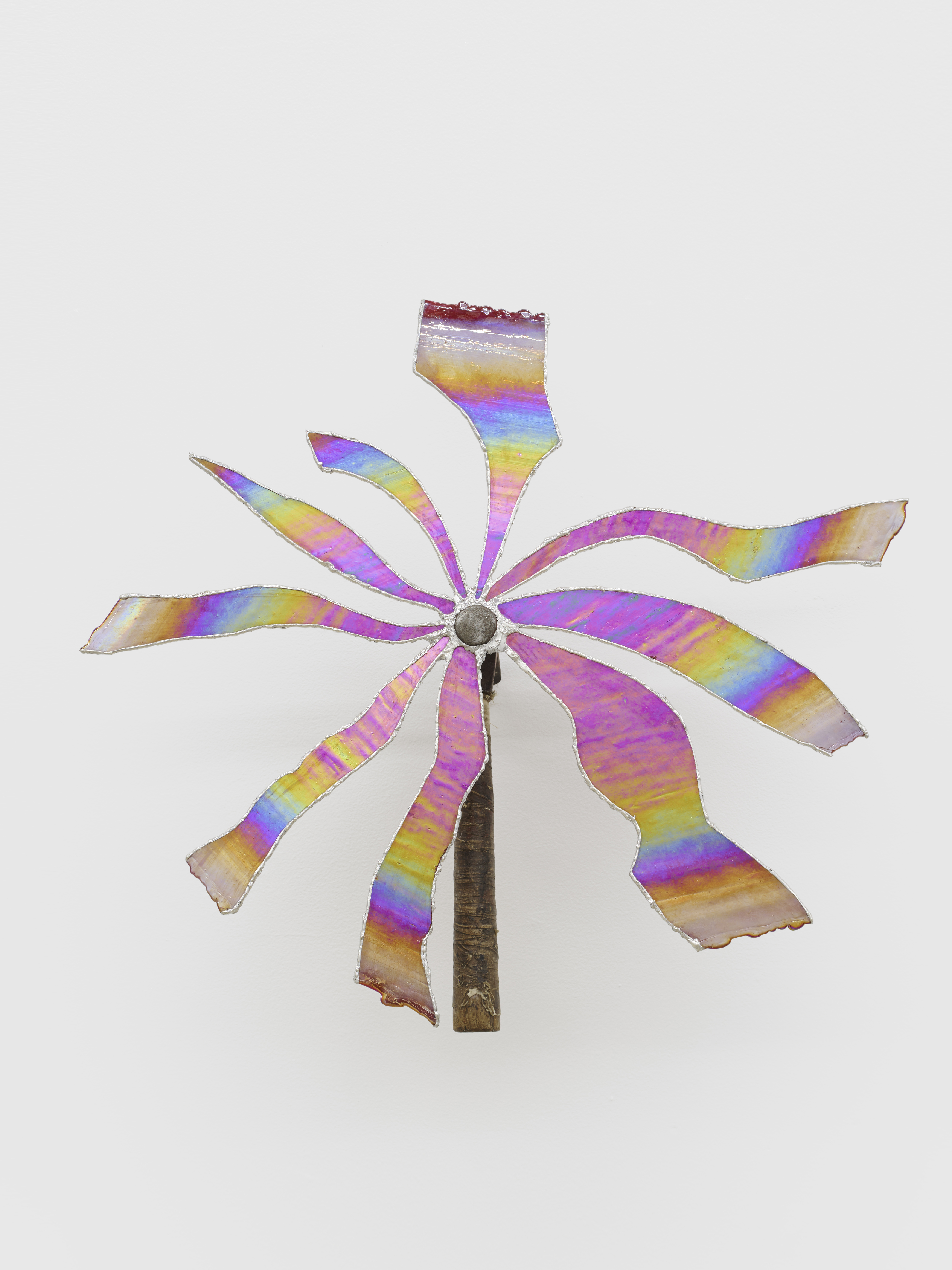
Newtown Trout; stained glass and claw hammer; 20 x 29 x 9 in; 2025.
